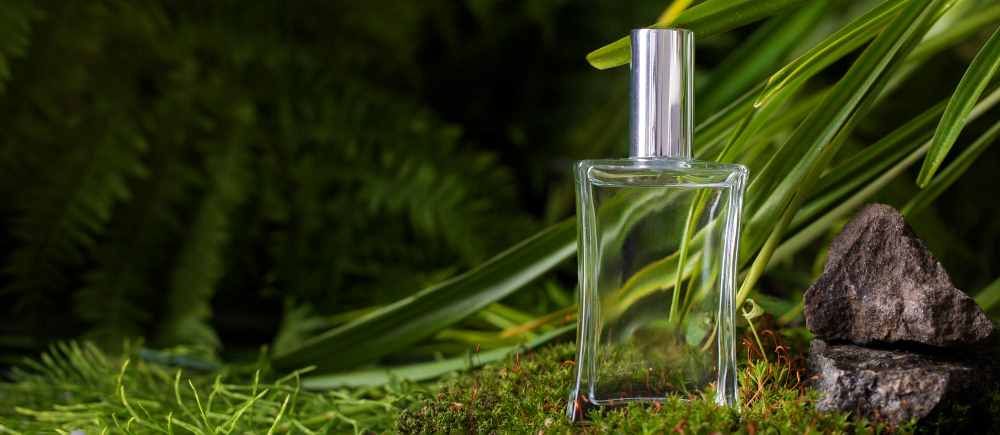The glamorous and sleek perfume industry is undergoing a quiet yet significant transformation. While it remains committed to an image of Hollywood stars wearing decadent fragrances, the leading brands and manufacturers are increasingly prioritizing sustainable feedstocks, ethical production practices, and less-toxic ingredients.
From sourcing plant-based and renewable raw materials to implementing closed-loop recycling initiatives, the perfume industry is evolving to meet the growing consumer demand for fragrances that are not just alluring, but also responsibly crafted.
This paradigm shift is driven by a combination of regulatory pressures, consumer activism, and a genuine industry-wide reckoning with the need to minimize the sector's substantial carbon emissions and resource consumption.

Proof of the dangers which exist in the perfume sector of the chemical industry was laid bare in a BCPP study which found that within the personal care and cleaning supplies sector nearly 75% of products contained “toxic chemicals or chemicals of concern hidden with their fragrances.” The report noting that between 50 to 300 possibly toxic substances were found in a single scent which were not disclosed on the product ingredients or packaging.
A further study found seven carcinogens and nearly fifteen substances that are prohibited from being in cosmetics throughout Europe. There were also fears that some scent products contained endocrine disruptors – chemicals which mimic human hormones and so can be harmful even at low concentrations. While other products, such as air fresheners were frequently found to contain benzene derivatives such as pinene, limonene, aldehydes, phenol and cresol which can cause negative health effects when combining with other household chemicals.
As a result of safety fears and negative publicity, the perfume industry is rapidly changing and is now embracing the latest technology to provide cleaner, safer, and greener scents. Through a fascinating fusion of tradition and advanced chemistry, scent manufacturers are now able to apply technology to making better perfumes which are safer, cheaper, and greener.

Some of these technologies include:
Headspace technology
Capturing the volatile chemicals released by natural things in their surroundings while preventing damage to the source material is the goal of headspace technology. A device which can function in unusual settings like seaside breezes and woodlands to analyse the chemical content of a fragrance using tools such as gas chromatography-mass spectrometry (GC-MS). In doing so, Headspace technology limits a perfume manufacturer’s need to harvest and store large amounts of natural feedstock as it assists in identifying and replicating the true essence of natural fragrance feedstocks.
Solid-Phase Microextraction (SPME)
SPME or solid-phase microextraction is a technique that is intensely utilized in volatile or semi-volatile compounds from medium or absolute without the use of solvents.
“The process involves coated fibre which absorbs the compounds from the sample which are then desorbed and analysed to replicate the scent,” explains chemical industry analyst, Vinodhini Harish. “The process often combines GC-MS for precise identification and quantification of aroma compounds [without the need for solvents]. Additionally, since the process is capable of detecting the aroma compounds even very low concentrations of volatile compounds, they are highly beneficial for capturing the delicate fragrance notes.”

Microencapsulation Technology
Microencapsulation technology enables consumers to match fragrances to their daily schedule or mood by releasing fragrance oils gradually in tiny, protective capsules that are opened by body heat or moisture.
As the scent is encapsulated, it is protected from exterior factors such as light or evaporation, which could degrade the compounds, allowing them to stay fresher and more potent for extended periods of time.
As such the technology is considered both cost-effective and environmentally friendly, as the fragrance is released only when needed.
Thanks to initiatives such as these combined with chemical industry innovation, perfume lovers can now find a proliferation of ‘green’ fragrance options - from refillable bottles to vegan formulas to biodegradable packaging - that allow them to indulge their olfactory passions while feeling good about their environmental impact.
While there is still progress to be made, the perfume industry's closer embrace of sustainability signals an encouraging evolution that could have far-reaching implications for the future of this luxury chemical product.
Photo credit: Kamran Aydinov on Freepik, Freepik, Wayhomestudio, & Freepik